Temporomandibular disorders (TMD)

Temporomandibular disorders (TMD) occur as a result of problems with the jaw, jaw joint (or TMJ), and surrounding facial muscles. TMD can also develop from grinding and clenching teeth. The symptom most people notice is pain in the jaw joint and the muscles that control jaw movement.
In many cases, it’s impossible to determine exactly what caused the problem to develop. It is often attributed to a variety of factors, including genetics, arthritis or an injury to the jaw. Some who suffer from it report that they clench their jaw or grind their teeth. However, many people who clench their jaws or grind their teeth never develop any signs of TMD.
For most suffers, the pain is mild or only occurs periodically. If you are experiencing minor, occasional jaw pain, mention it during your appointment. If Dr. Mason determines TMD is the problem, Dr. Mason can show you simple steps to take at home, such as eating soft foods and avoiding extreme jaw movements.
If those home care techniques don’t work, she can treat TMD with occlusal guards, or horseshoe shaped acrylic appliances that are worn over the teeth to protect against damage caused by clenching or grinding. There’s no reason for you to suffer from TMD pain.






